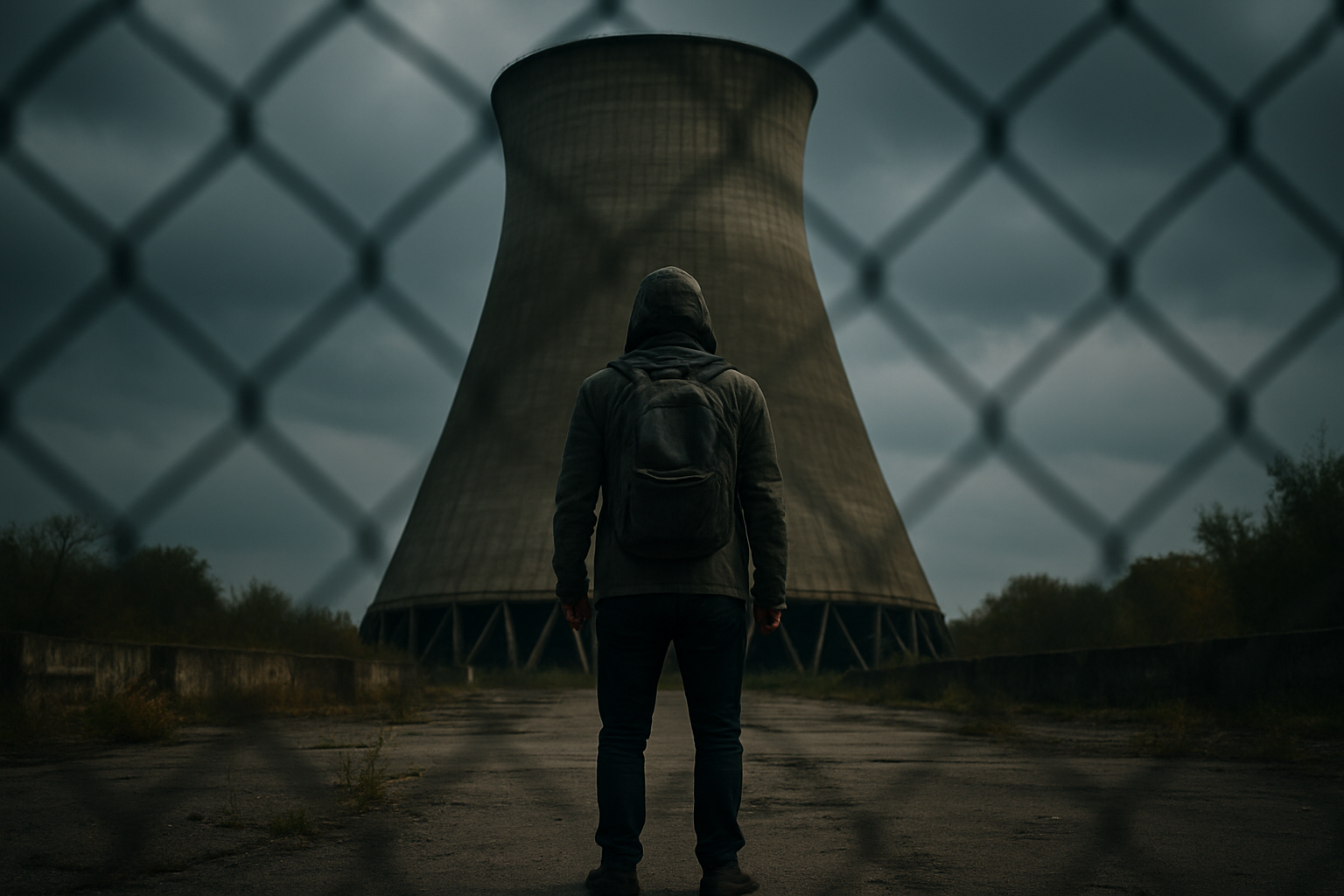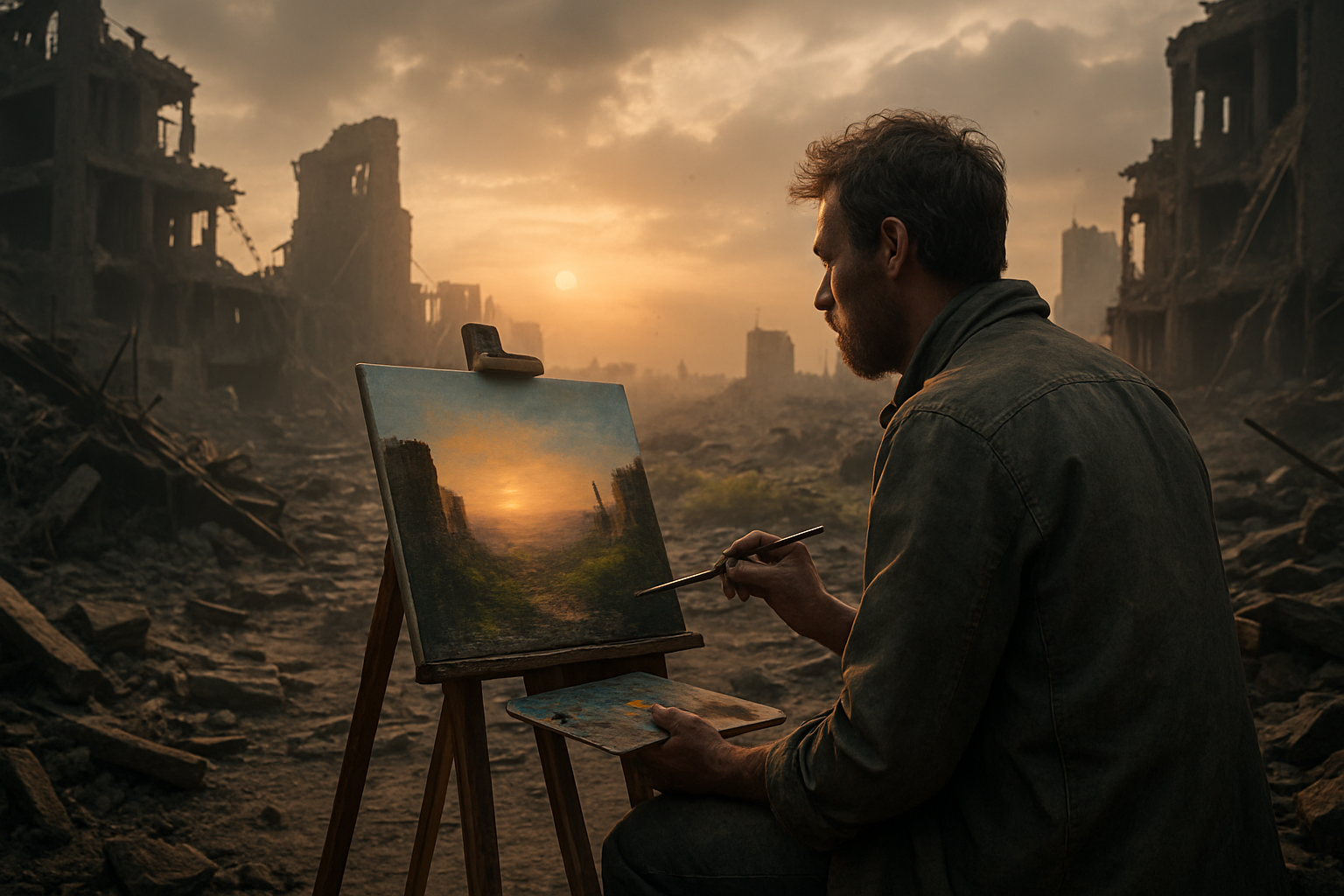A Dive into the Intriguing World of Dark Tourism
Dark tourism, a niche yet rapidly growing sector within the travel industry, has been catching the eye of intrepid globetrotters seeking experiences far from the beaten path. This phenomenon, which involves visiting places associated with death, tragedy, or disaster, offers a unique perspective on the human experience and our history.

A Glimpse into the Roots of Dark Tourism
The roots of dark tourism extend back to the Middle Ages, when pilgrims would travel to witness the sites of miracles or tragedies. Over the years, this practice evolved as travelers began visiting battlegrounds, disaster sites, and places of significant historical or cultural trauma. The term “dark tourism” was coined in the late 1990s by scholars John Lennon and Malcolm Foley, who recognized this emerging trend’s potential impact on the tourism industry.
The Allure of Darkness: Why Dark Tourism is Gaining Popularity
In the era of experiential travel, dark tourism offers an alternative to traditional, sanitized tourism experiences. It provides a deeper understanding of historical events, cultural narratives, and human resilience in the face of adversity. This form of tourism has grown in popularity due to its ability to elicit strong emotions, provoke introspection, and offer educational insights.
The Impact of Dark Tourism: Advantages and Challenges
Dark tourism undeniably has advantages. It can foster empathy, broaden perspectives, and promote historical and cultural understanding. However, it also presents challenges. There are ethical considerations involved in turning sites of tragedy into tourist attractions, with concerns about commodification, disrespect, and voyeurism. Striking a balance between educating visitors and respecting the memory of those affected by the events commemorated at these sites is a delicate task.
The Current Landscape of Dark Tourism
Today, dark tourism spans a wide array of sites worldwide, from the Auschwitz-Birkenau concentration camp in Poland to the Hiroshima Peace Memorial in Japan. The 9/11 Memorial Museum in New York and the Chernobyl Exclusion Zone in Ukraine are also notable examples. These sites serve as poignant reminders of our history and humanity’s darker side.
Traveling Through Shadows: Practical Considerations
-
Respect is paramount: Always remember that these sites are places of suffering, loss, and tragedy.
-
Research before you go: Understanding the historical context of the site will enhance your visit.
-
Follow the rules: Adhere to guidelines and restrictions set by site management.
-
Be aware of your emotions: Dark tourism can be emotionally overwhelming. Prepare yourself mentally and emotionally for the experience.
Wrapping Up the Journey
Dark tourism, with its blend of history, emotion, and ethical considerations, offers travelers a unique perspective on our world. It’s not for everyone, but for those who embrace it, this travel trend can provide a profound, transformative experience. As we navigate this intriguing aspect of the tourism industry, let’s remember to tread with respect and empathy, appreciating the depth of the stories these places hold.





